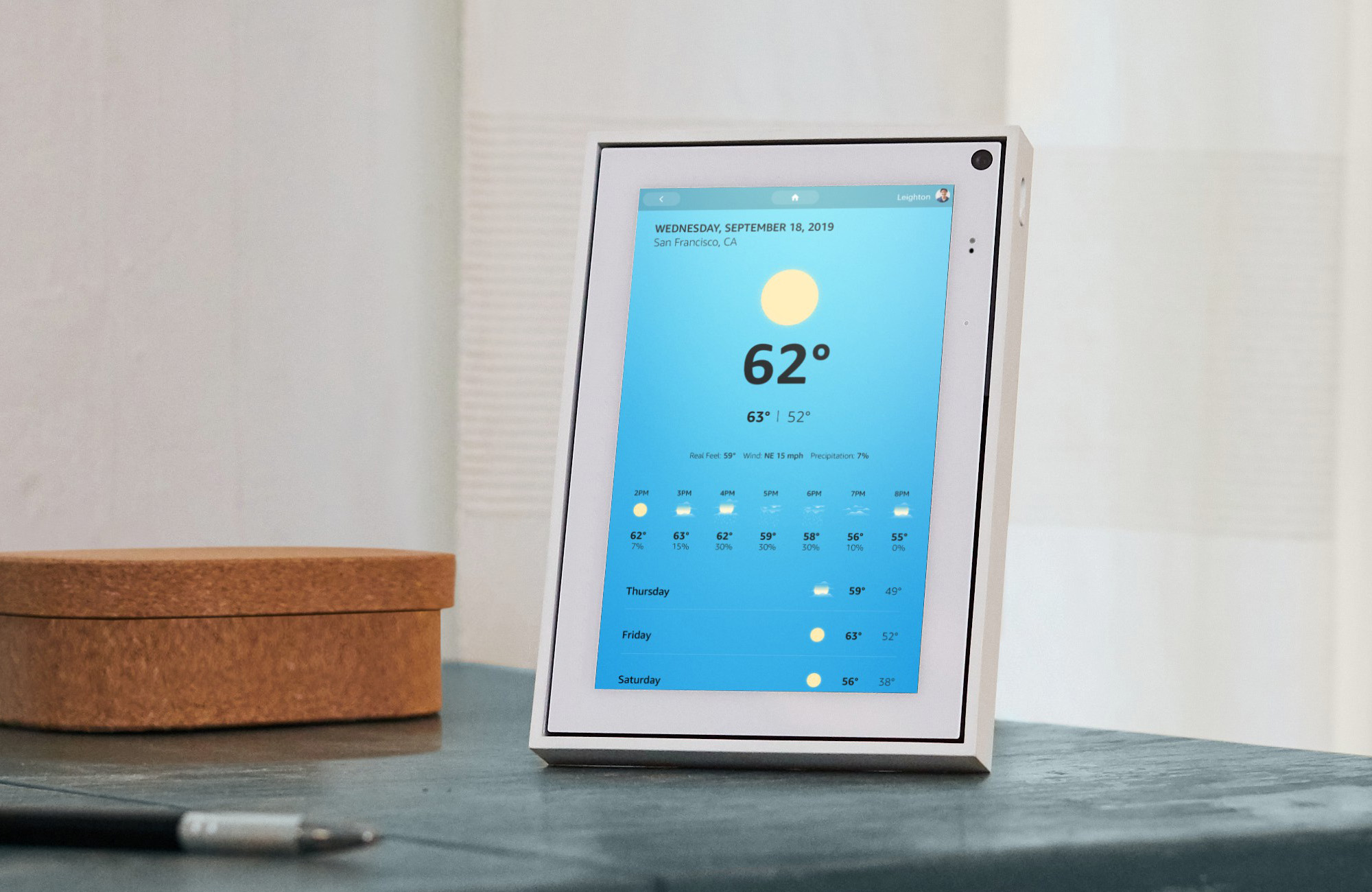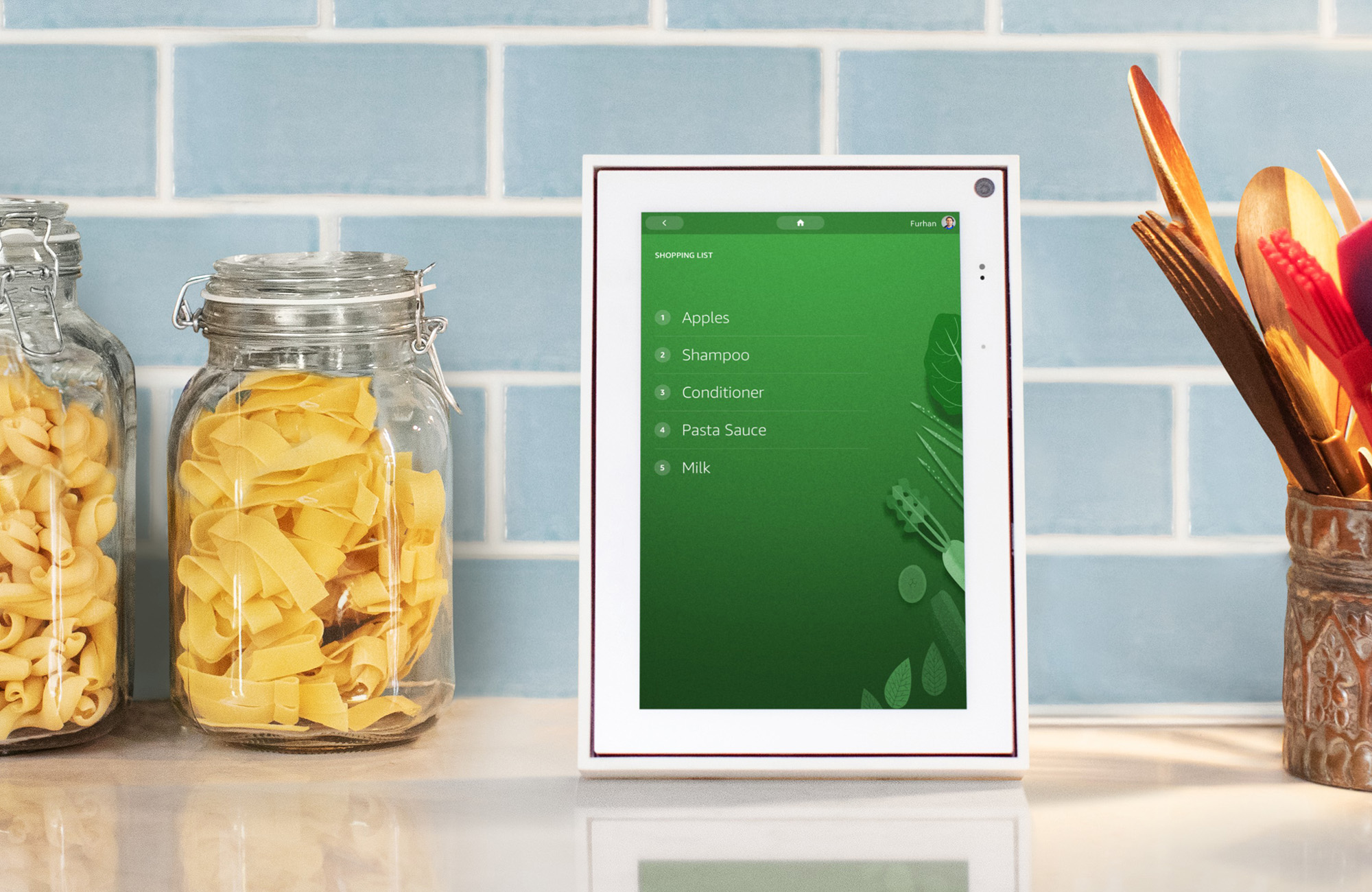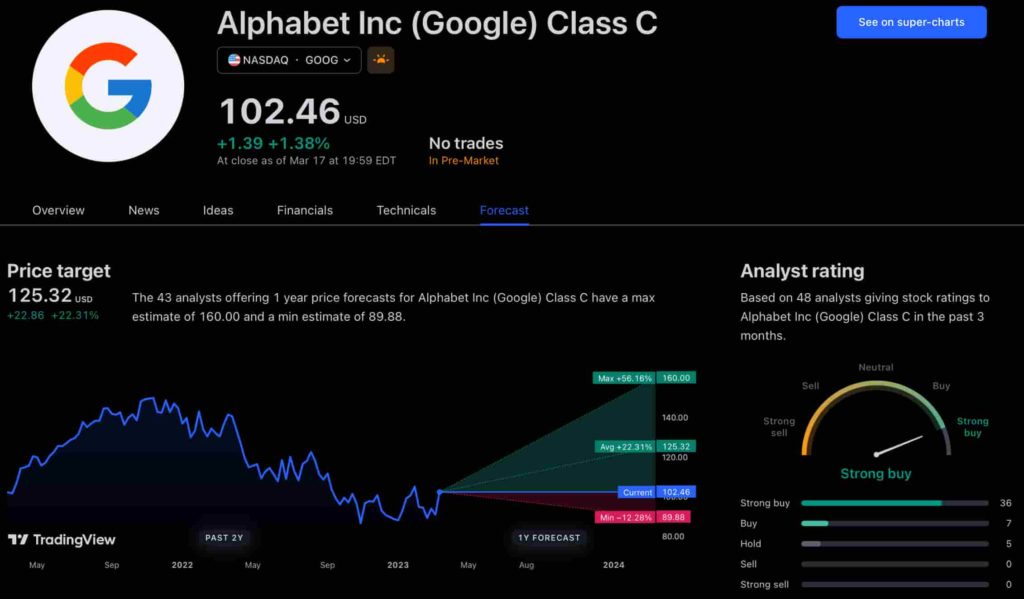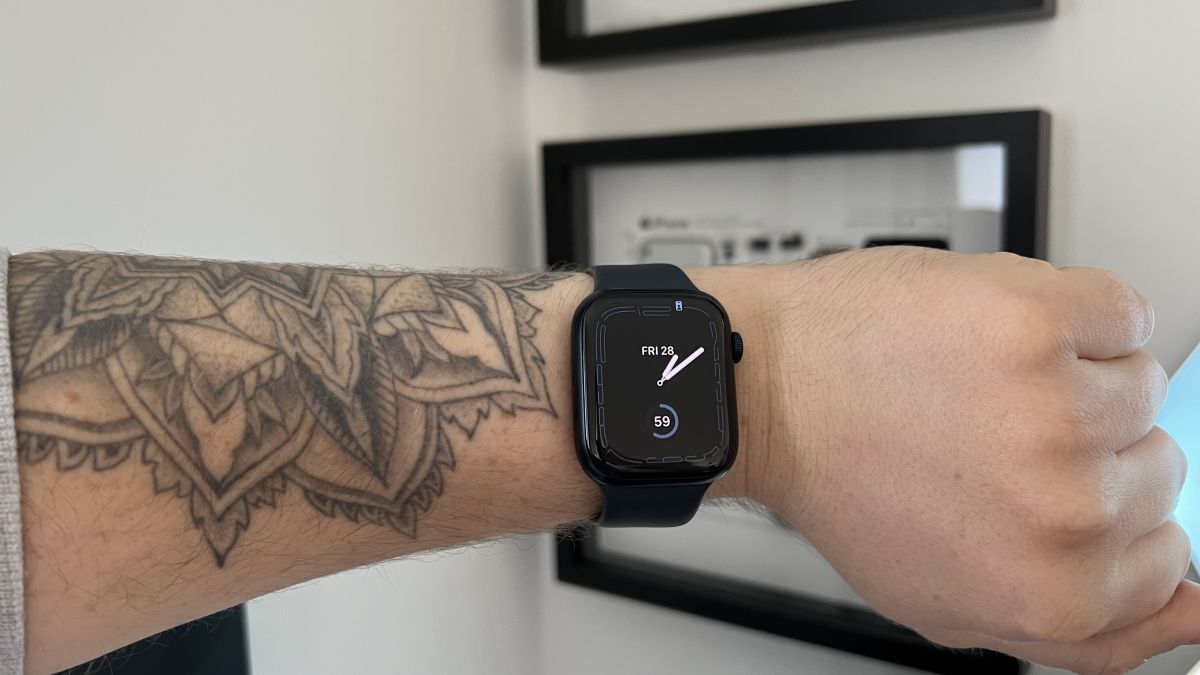The new app is called watchGPT and as I tipped off already, it gives you access to ChatGPT from your Apple Watch. Now the $10,000 question (or more accurately the $3.99 question, as that is the one-time cost of the app) is why having ChatGPT on your wrist is remotely necessary, so let’s dive into what exactly the app can do.
NEWS
Facebook’s new Portal increases privacy, but is still searching for a reason to exist

The timing of the original Portal’s launch was less than ideal. The company reportedly pushed things back as the Cambridge Analytica scandal hit full broil, only to be hit with another data breach disclosure. If there’s a lesson to be learned with this year’s sequel, it’s that there may just not be a good time for the company to release a camera-mounted piece of home hardware.
If nothing else, the seemingly endless parade of bad publicity has had the knock-on effect of making the company particularly proactive about privacy in a way the competition lacks. One of my main complaints about Google’s Nest Hub Max is the lack of a physical camera shutter. The original Portal, meanwhile, came with a small piece of plastic that clipped over the camera.
“It was a nice thought, but, practically, users might lose that, and it’s not always visible and available for users who want to cover the camera gracefully,” Facebook Director, Product Management Micah Collins told TechCrunch. “So we wanted to make sure that was a very integral and communicative part of the design.”

The new version of the device swaps that in-box piece of plastic for a three-position physical button. All the way to right is open and ready for business. The middle covers the camera with a built-in physical shutter while keeping the mic on. Going all the way to the left disconnects both the camera and microphone. That also turns on a red LED, letting you know definitely both are off. For my own purposes, that middle setting is getting the most use. I suspect I won’t be alone on that front, either.
Of course, disabling the camera sort of defeats the primary purpose of the device. At its heart, the Portal is a home video conferencing product. The inclusion of things like Alexa smart display functionality and music services like Spotify and Pandora are nice, but they’re kind of bonuses. No one is buying a Portal because it’s a more compelling smart screen than an Echo Show or Google Nest Hub Max.
Facebook’s value proposition is its own ecosystem. It’s the implicit understanding that, if you’re a person who is on the internet, odds are you’ve already opted in to Facebook, Facebook Messenger and now WhatsApp. That’s where the device attempts to set itself apart.
The first generation did get a leg up with some very clever AI camera panning, zooming and framing. It was a great feature and one it would be nice to see incorporated into devices like the Echo Show, where the video chat experience leaves something to be desired. Google, meanwhile, adopted something similar for the Nest Hub Max (while the original, smaller device still lacks a camera), which surely has taken some of the wind out of Facebook’s sails here.

“Nest has done a fine job,” Collins says, diplomatically. “We’re really happy they followed our lead in that sense of trying to deliver a richer calling experience.”
One gets the feeling Facebook is very much trying to wrap its brain around what its differentiator is here, and the new version of the Portal doesn’t do much to clarify that mission statement. While the company insisted to me that the growing family of devices are a play in and of themselves, it’s hard to shake the notion that the Portal family operates better as a kind of reference design for how third-party hardware manufacturers might better integrate its services into their own designs.
I’m not suggesting, of course, that Facebook can’t break away from this paradigm. The Microsoft Surface line presents a model for moving from reference to viable product. At the moment, however, there’s not a lot to recommend Facebook’s offerings, particularly with the external cloud of privacy offerings.
That said, there are things that can be taken away from this generation. The picture frame design, while far less interesting and aesthetically pleasing than its predecessor, does point to what is likely the future of these devices: a push to more seamlessly blend in with their surroundings. As the novelty of the category begins to wear off, more users are likely to choose function over form.
There’s also the clever kickstand. I’ll admit, I was a little baffled when I took the plug out of the box, but the rigid bit jutting from the back allows you to flip between portrait and landscape mode, depending on the source on the other end (mobile versus another Portal device), which would otherwise appear with letterboxing on the sides.

The Portal includes some other nice touches. The company’s adding additional AR Effects and Story Time stories. Like the rest of the Alexa-powered smart displays, Portal lacks a YouTube app, though you can access that through the built-in browser. It’s an inconvenient workaround, but good to have nonetheless, given how key a service like YouTube feels to a smart display like this.
Otherwise, the less universal Facebook Watch is your primary video source here. There are 14 apps currently listed in the onboard store, including those that are already pre-installed. The list includes big names like CNN, Food Network, Pandora, Spotify and iHeartRadio. Beyond that, you’re going to be relying on the built-in browser, requiring a lot of typing on an upright screen.
The price is certainly decent. At $179, I can’t imagine Facebook is making a ton of money on these. In fact, it’s not entirely clear why Facebook is making the Portal at all, outside of the stock line of “want[ing] to connect the world.” Perhaps once it figures out that, it will have a reason why the rest of us should get on board.
Facebook Faces Yet Another Outage: Platform Encounters Technical Issues Again

Uppdated: It seems that today’s issues with Facebook haven’t affected as many users as the last time. A smaller group of people appears to be impacted this time around, which is a relief compared to the larger incident before. Nevertheless, it’s still frustrating for those affected, and hopefully, the issues will be resolved soon by the Facebook team.
Facebook had another problem today (March 20, 2024). According to Downdetector, a website that shows when other websites are not working, many people had trouble using Facebook.
This isn’t the first time Facebook has had issues. Just a little while ago, there was another problem that stopped people from using the site. Today, when people tried to use Facebook, it didn’t work like it should. People couldn’t see their friends’ posts, and sometimes the website wouldn’t even load.
Downdetector, which watches out for problems on websites, showed that lots of people were having trouble with Facebook. People from all over the world said they couldn’t use the site, and they were not happy about it.
When websites like Facebook have problems, it affects a lot of people. It’s not just about not being able to see posts or chat with friends. It can also impact businesses that use Facebook to reach customers.
Since Facebook owns Messenger and Instagram, the problems with Facebook also meant that people had trouble using these apps. It made the situation even more frustrating for many users, who rely on these apps to stay connected with others.
During this recent problem, one thing is obvious: the internet is always changing, and even big websites like Facebook can have problems. While people wait for Facebook to fix the issue, it shows us how easily things online can go wrong. It’s a good reminder that we should have backup plans for staying connected online, just in case something like this happens again.
NEWS
We asked ChatGPT what will be Google (GOOG) stock price for 2030

Investors who have invested in Alphabet Inc. (NASDAQ: GOOG) stock have reaped significant benefits from the company’s robust financial performance over the last five years. Google’s dominance in the online advertising market has been a key driver of the company’s consistent revenue growth and impressive profit margins.
In addition, Google has expanded its operations into related fields such as cloud computing and artificial intelligence. These areas show great promise as future growth drivers, making them increasingly attractive to investors. Notably, Alphabet’s stock price has been rising due to investor interest in the company’s recent initiatives in the fast-developing field of artificial intelligence (AI), adding generative AI features to Gmail and Google Docs.
However, when it comes to predicting the future pricing of a corporation like Google, there are many factors to consider. With this in mind, Finbold turned to the artificial intelligence tool ChatGPT to suggest a likely pricing range for GOOG stock by 2030. Although the tool was unable to give a definitive price range, it did note the following:
“Over the long term, Google has a track record of strong financial performance and has shown an ability to adapt to changing market conditions. As such, it’s reasonable to expect that Google’s stock price may continue to appreciate over time.”
GOOG stock price prediction
While attempting to estimate the price range of future transactions, it is essential to consider a variety of measures in addition to the AI chat tool, which includes deep learning algorithms and stock market experts.
Finbold collected forecasts provided by CoinPriceForecast, a finance prediction tool that utilizes machine self-learning technology, to anticipate Google stock price by the end of 2030 to compare with ChatGPT’s projection.
According to the most recent long-term estimate, which Finbold obtained on March 20, the price of Google will rise beyond $200 in 2030 and touch $247 by the end of the year, which would indicate a 141% gain from today to the end of the year.
Google has been assigned a recommendation of ‘strong buy’ by the majority of analysts working on Wall Street for a more near-term time frame. Significantly, 36 analysts of the 48 have recommended a “strong buy,” while seven people have advocated a “buy.” The remaining five analysts had given a ‘hold’ rating.

The average price projection for Alphabet stock over the last three months has been $125.32; this objective represents a 22.31% upside from its current price. It’s interesting to note that the maximum price forecast for the next year is $160, representing a gain of 56.16% from the stock’s current price of $102.46.
While the outlook for Google stock may be positive, it’s important to keep in mind that some potential challenges and risks could impact its performance, including competition from ChatGPT itself, which could affect Google’s price.
Disclaimer: The content on this site should not be considered investment advice. Investing is speculative. When investing, your capital is at risk.
NEWS
This Apple Watch app brings ChatGPT to your wrist — here’s why you want it

ChatGPT feels like it is everywhere at the moment; the AI-powered tool is rapidly starting to feel like internet connected home devices where you are left wondering if your flower pot really needed Bluetooth. However, after hearing about a new Apple Watch app that brings ChatGPT to your favorite wrist computer, I’m actually convinced this one is worth checking out.
-

 PPC7 days ago
PPC7 days agoCompetitor Monitoring: 7 ways to keep watch on the competition
-

 PPC6 days ago
PPC6 days ago31 Ready-to-Go Mother’s Day Messages for Social Media, Email, & More
-

 PPC6 days ago
PPC6 days agoA History of Google AdWords and Google Ads: Revolutionizing Digital Advertising & Marketing Since 2000
-

 WORDPRESS7 days ago
WORDPRESS7 days agoThrive Architect vs Divi vs Elementor
-

 WORDPRESS6 days ago
WORDPRESS6 days agoTurkish startup ikas attracts $20M for its e-commerce platform designed for small businesses
-

 SEARCHENGINES7 days ago
SEARCHENGINES7 days agoMore Google March 2024 Core Update Ranking Volatility
-

 MARKETING5 days ago
MARKETING5 days agoRoundel Media Studio: What to Expect From Target’s New Self-Service Platform
-

 SEARCHENGINES6 days ago
SEARCHENGINES6 days agoGoogle Search Results Can Be Harmful & Dangerous In Some Cases














